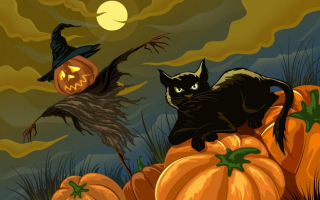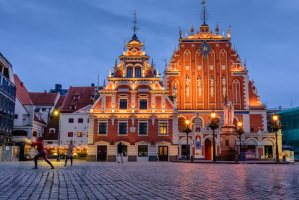Top 6 Things To Know About Christmas
Christmas is a sacred religious holiday as well as a worldwide cultural and commercial phenomenon celebrated on December 25. For two millennia, people all over ... read more...the world have observed it through religious and secular traditions and practices. Christians commemorate Christmas Day as the birth anniversary of Jesus of Nazareth, a spiritual leader whose teachings form the foundation of their faith. Exchanging gifts, decorating Christmas trees, attending church, sharing meals with family and friends, and, of course, waiting for Santa Claus to arrive are all popular traditions. Since 1870, December 25 has been a federal holiday in the United States. If you are curious about the holiday's history, our article includes all things to know about Christmas.
-
Christmas's roots can be found in both Roman and paganic cultures. In reality, the Romans observed two holidays in December. The first was Saturnalia, a two-week celebration in honor of their agricultural god Saturn. They celebrated the birth of Mithra, their sun god, on December 25. Both occasions were rowdy, intoxicated parties.
In order to dispel the darkness, the pagan cultures also lit bonfires and candles in December, which also happens to be the month with the darkest day of the year. The Romans included this custom in their own festivities as well.
As Christianity spread throughout Europe, Christian clergy were unable to put a stop to pagan customs and celebrations. Because no one knew when Jesus was born, they adapted a pagan ritual into a celebration of His birthday.
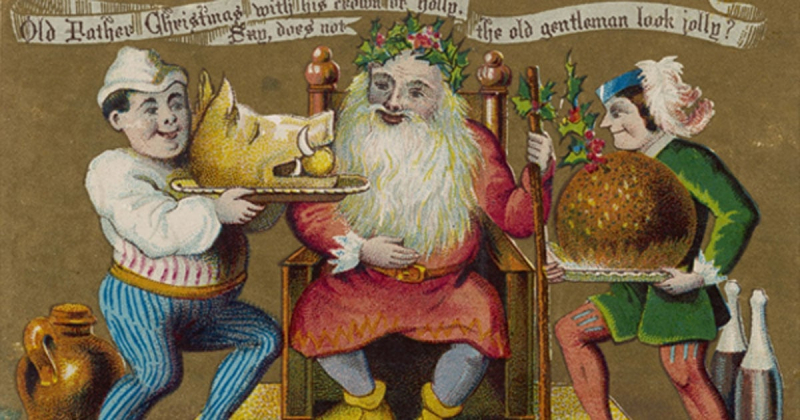
Ancient Origins Wisdom Land's Channel -
The pagan cultures decorated their homes with greenery as part of the solstice celebrations in anticipation of the approaching spring. Evergreen trees were believed to possess special abilities because they stayed green even on the darkest and coldest days. During Saturnalia, the Romans also adorned their temples with fir trees and metal shavings. Even the Greeks were known to decorate trees in memory of their gods. It's interesting to note that the first trees introduced into paganism were hung upside down from the ceiling.
The tradition of decorating trees dates back to Northern Europe, where Germanic pagans decorated evergreen trees with candles and dried fruit to worship the god Woden. In Germany in the 1500s, the custom was incorporated into the Christian religion. They used candy, lights, and toys to adorn their house trees.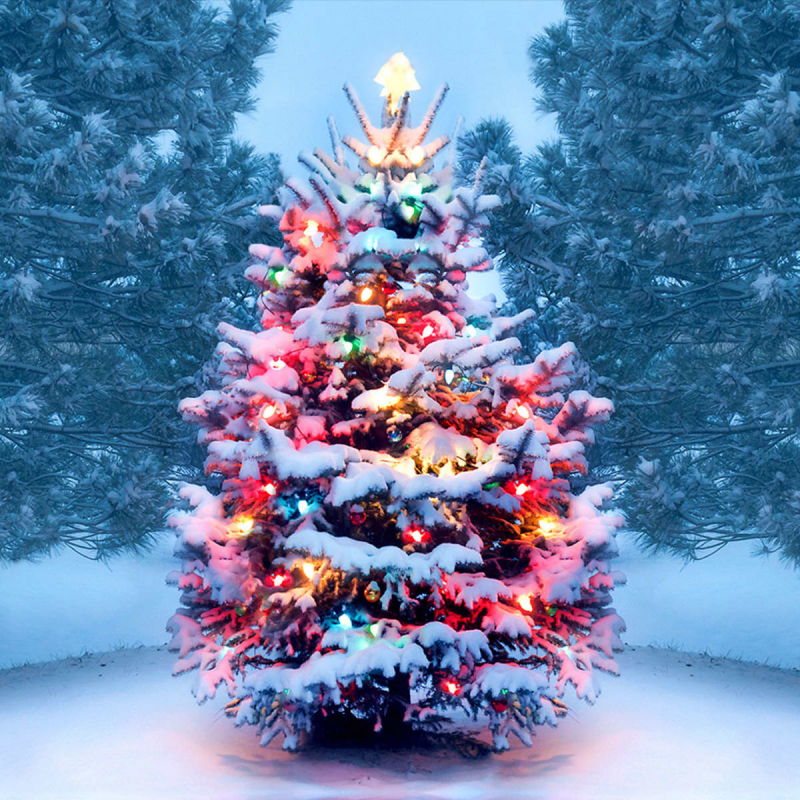
www.history.com 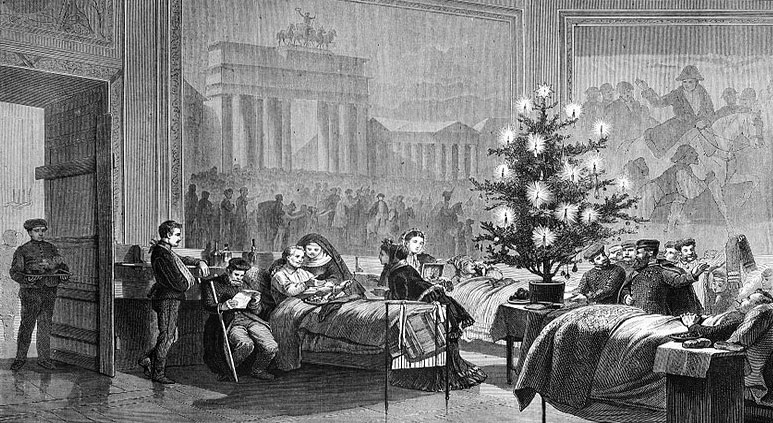
History Today -
This Christmas tradition, inspired by St. Nicholas, has Christian roots rather than pagan ones. Born around 280 in southern Turkey, he was a bishop in the early Christian church who faced persecution and imprisonment for his faith. He was well-known for his generosity to the poor and disenfranchised despite coming from a wealthy family. There are numerous legends surrounding him, the most famous of which is how he saved three daughters from being sold into slavery. It was their father's last resort because there was no dowry to entice a man to marry them. St. Nicholas is said to have thrown gold through an open window into the house, saving them from certain death. According to legend, gold was found in a sock that was drying by the fire. As a result, kids began hanging stockings next to their fireplaces in the hopes that St. Nicholas would stuff them with gifts.
December 6th was designated as St. Nicholas Day in his memory. Over time, St. Nicholas became a part of every European culture. Christkind or Kris Kringle (the Christ child) accompanied St. Nicholas to deliver gifts to good children in the Swiss and German cultures. In Sweden, Jultomten was a joyful elf who rode a goat-drawn sleigh to deliver gifts. Then there was Pere Noel in France and Father Christmas in England. He was known as Sinter Klaas in the Netherlands, Belgium, Luxembourg, Lorraine, France, and some regions of Germany. (For the record, Klaas is a contraction of the name Nicholas.) This is the origin of the Americanized Santa Claus.
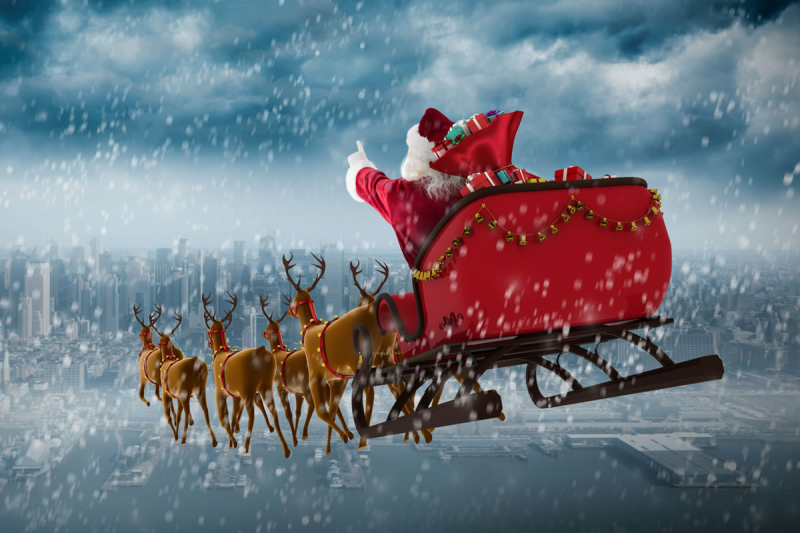
Pizza Express 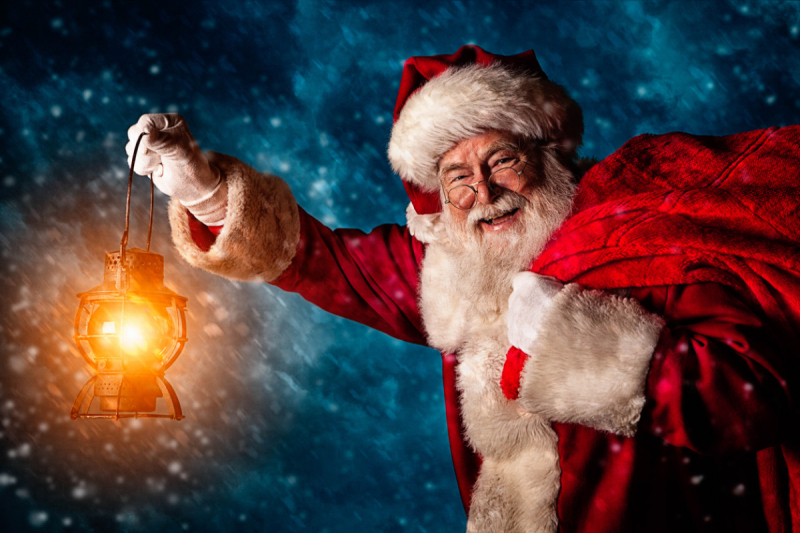
Parade -
Christmas was a complicated holiday in early America. Due to its pagan origins and the boisterous nature of the festivities, many people who hold Puritan beliefs forbade Christmas. Other European immigrants arrived and continued to practice their native customs. In the 1600s, the Dutch immigrated to New York City carrying Sinter Klaas. In the 1700s, German immigrants brought their holiday tree customs. Each community held its own unique celebrations.
American Christmas did not begin to take shape until the early 1800s. Washington Irving wrote a series of stories about a wealthy English landowner who invites his employees to dinner. Irving liked the idea of people from all walks of life coming together for a festive holiday. So he told a story about old Christmas traditions that had been lost but had been resurrected by this wealthy landowner. The idea began to take root in the hearts of the American people as a result of Irving's story.
An Account of a Visit from St. Nicholas was written by Clement Clark Moore in 1822 for his daughters. The Night Before Christmas is now a household name. It was through it that the notion of Santa Claus as a cheery man flying through the air on a sleigh became widely accepted. Later, in 1881, a Coke-a-Cola advertisement commissioned the artist Thomas Nast to create a drawing of Santa. He designed a chubby Santa Claus who is surrounded by working elves and has a wife named Mrs. Claus. Following this, the American public's perception of Santa Claus as a jolly, fat, white-bearded man dressed in a red suit was solidified.
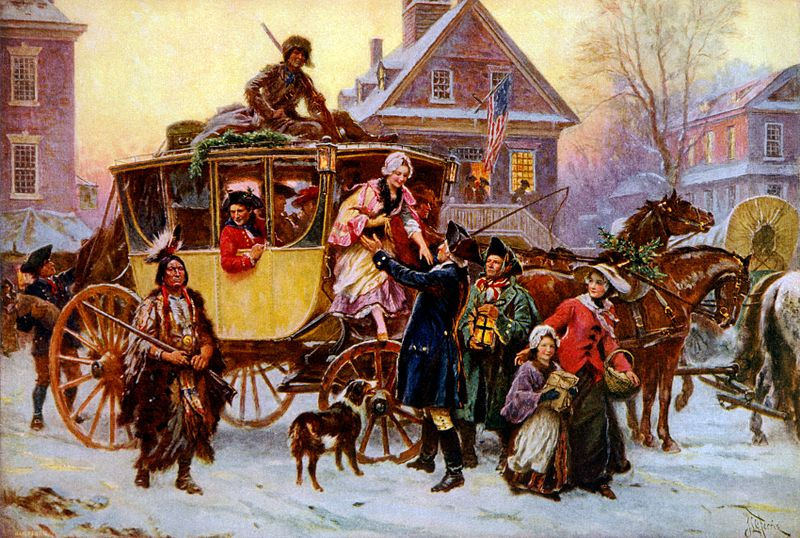
Norfolk Towne Assembly 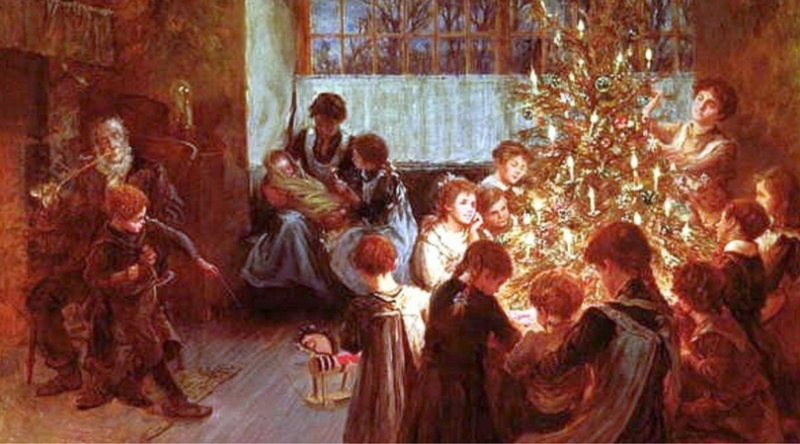
Church Militant -
Following the civil war, the country sought ways to look past differences and become united as a nation. President Ulysses S. Grant declared it a federal holiday in 1870. And, while Christmas traditions have evolved over time, Washington Irving's desire for unity in celebration most likely lives on. It's become a time of year when we wish others well, donate to our favorite charities, and exchange gifts in a cheerful manner.
Here are some facts about Christmas day:
- In the United States alone, 30-35 million real Christmas trees are sold each year. There are approximately 21,000 Christmas tree growers in the United States, and trees typically grow for 15 years before being sold.
- Christmas celebrations in the Middle Ages were rowdy and raucous, similar to today's Mardi Gras parties.
- When Christmas was canceled: From 1659 to 1681, Christmas was illegal in Boston, and violators were fined five shillings.
- On June 26, 1870, the United States declared Christmas a federal holiday.
- The first eggnog produced in the United States was consumed at Captain John Smith's Jamestown settlement in 1607.
- Poinsettias are named after Joel R. Poinsett, an American minister to Mexico who introduced the red-and-green plant to America in 1828.
- Since the 1890s, the Salvation Army has dispatched Santa Claus-clad donation collectors into the streets.
- In 1939, Robert L. May's imagination created Rudolph, "the most famous reindeer of all." To entice customers into the Montgomery Ward department store, the copywriter wrote a poem about reindeer.
- In 1931, construction workers established the Rockefeller Center Christmas tree tradition.
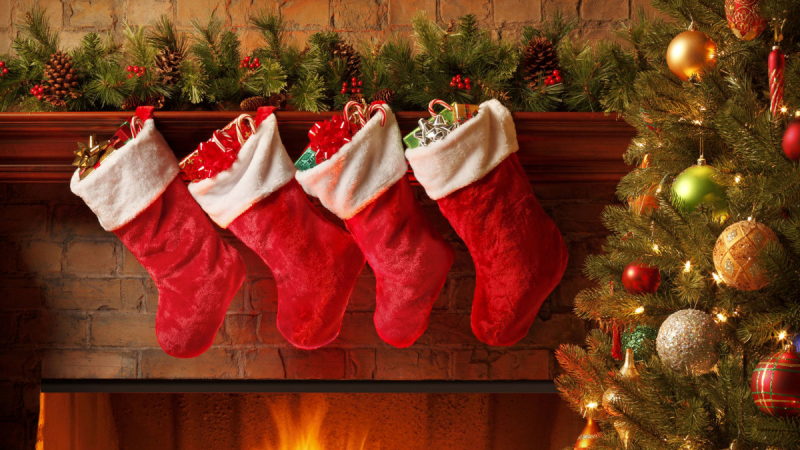
www.history.com 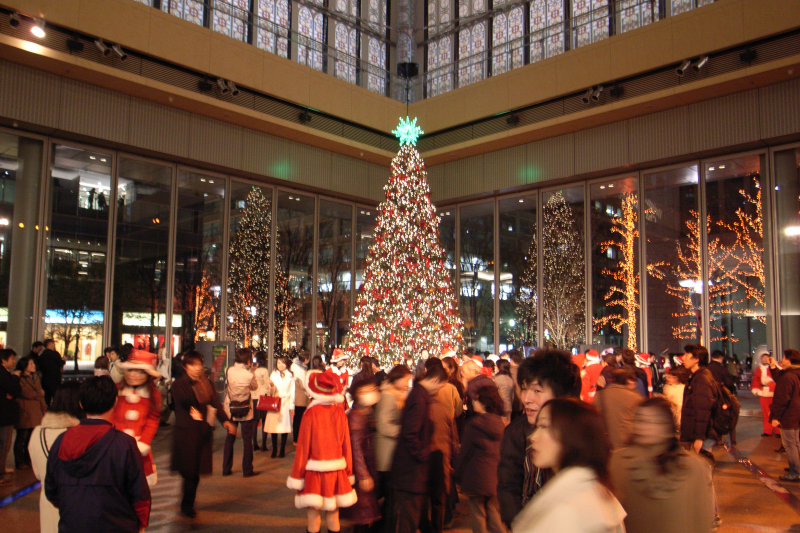
Wikipedia -
The classic holiday story A Christmas Carol was written by English author Charles Dickens. The story's message—the importance of charity and good will toward all humanity - struck a powerful chord in the United States and England, demonstrating the benefits of celebrating the holiday to members of Victorian society.
During the early 1800s, the family was also becoming less disciplined and more sensitive to the emotional needs of children. Christmas provided a day for families to lavish attention - and gifts - on their children without appearing to "spoil" them.
Old traditions were rediscovered as Americans started to embrace Christmas as the ideal family holiday. People sought examples of how to observe the day from recent immigrants, Catholic, and Episcopal churches. In the following century, Americans created a unique Christmas tradition that incorporated elements of numerous other traditions, such as gift-giving, tree-decorating, and sending holiday cards.
Although most families quickly accepted the notion that they were celebrating Christmas in the traditional manner, Americans had truly re-invented a holiday to meet the cultural needs of a growing nation.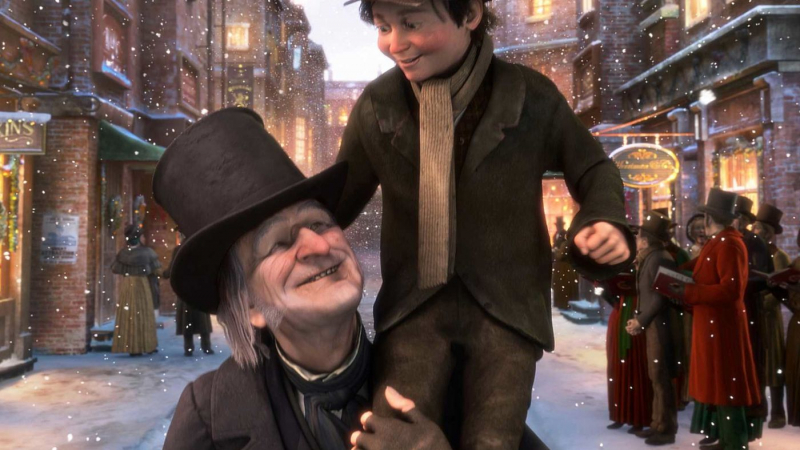
Vox 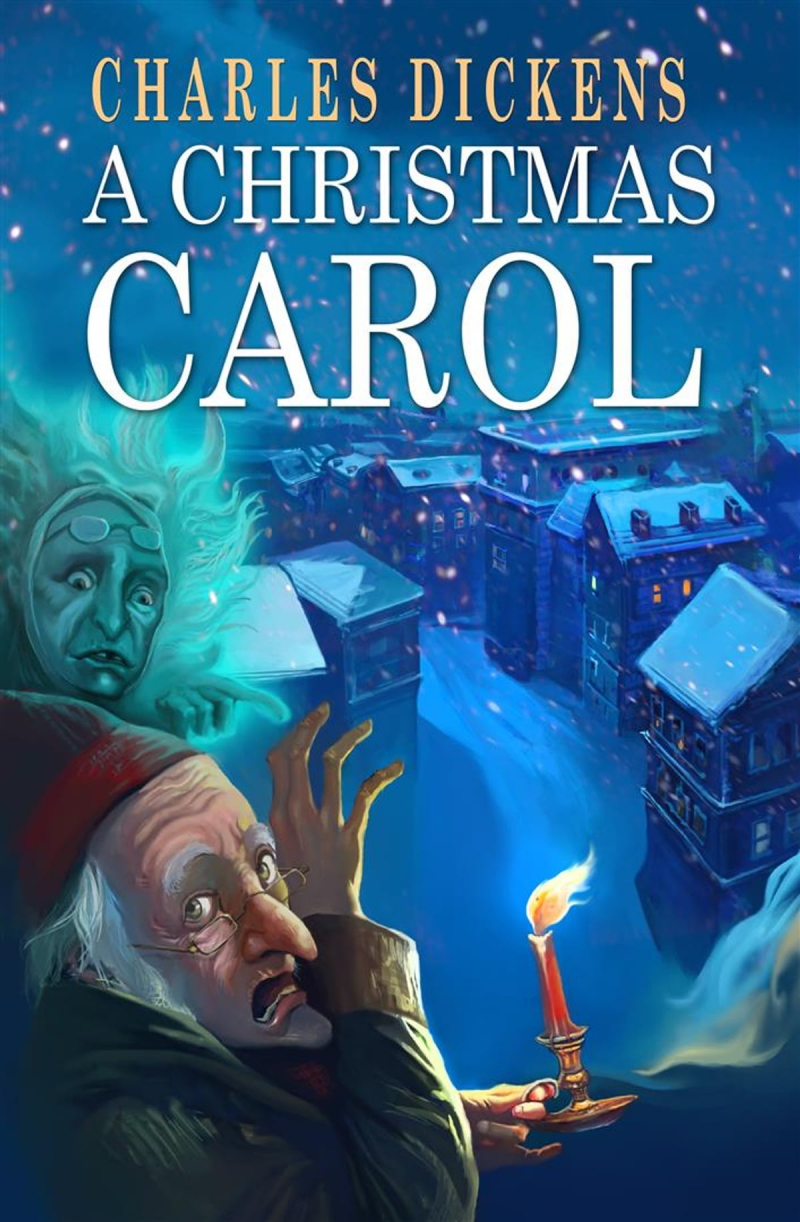
Rakuten Kobo





















